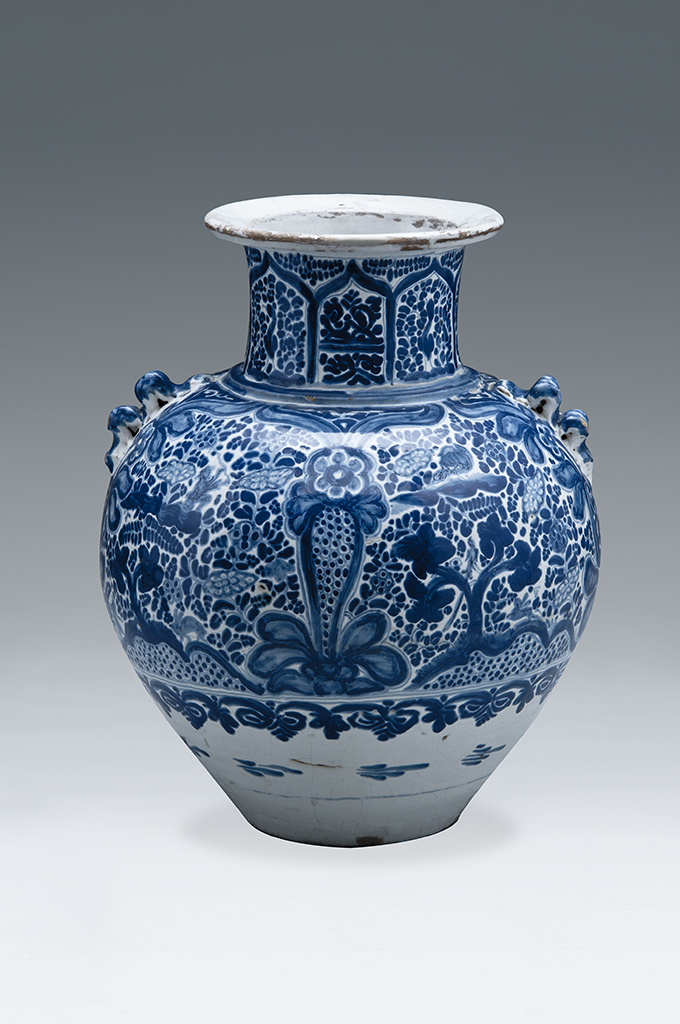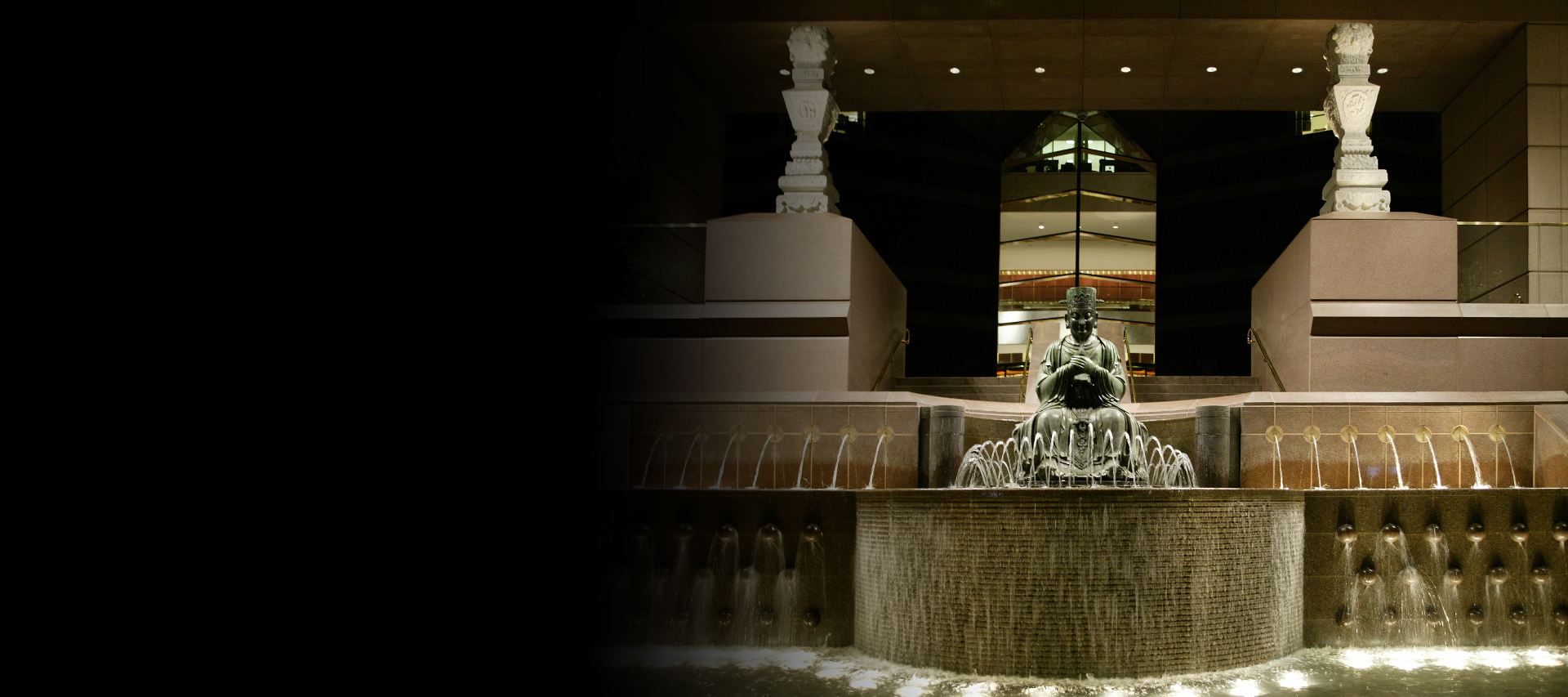
Puebla de los Angeles, New Spain;
17th century
Tin glaze earthenware with cobalt blue on white glaze
46 x 38 cm dia (18 x 15 inches dia)
Museo Franz Mayer
Photography: Michael Calderwood
Courtesy of the Archives of Farzaneh Pirouz
The Crow Collection of Asian Art, in partnership with the Museo Internacional del Barroco, Puebla, Mexico, and the State Council for Culture and the Arts of Puebla, Mexico, announces the world premiere of Clay Between Two Seas: From the Abbasid Court to Puebla de los Angeles. This exceptional exhibition will feature historic works from the Museo Franz Mayer in Mexico City, contemporary ceramics from Talavera de la Reyna in Puebla, and a selection of historic Chinese ceramics from the Crow Collection of Asian Art’s permanent collection. Objects on view include loans from Museo José Luis Bello y González, Uriarte Talavera Colección Ventosa, The Ronald W. Longsdorf Collection, and The Metropolitan Museum of Art. Together, these works of art reveal a remarkable story that spans eleven centuries and three continents. The threads of this exhibition—depicting brilliant technological innovation and design showcasing the shapes and sheen of Talavera pottery made in Puebla—extend back through warring European kingdoms, protectionist Chinese dynasties, and burgeoning early Islamic empires, to the banks of the Euphrates in what is now Iraq.
This exhibition will explore how aesthetic choices were combined from culturally distinct but related sources, ranging from the Iraqi invention of tin glaze technology and elaborate cobalt blue and lustrous metallic-oxide decoration to the New Spain adaption of Chinese ceramic models, came to contribute to the formation of a distinctive Mexican cultural expression.
Talavera Poblana, tin-glazed earthenware, has many mothers, including Chinese ceramic shapes and design. Chinese porcelain was directly available to Puebla potters as a significant presence in cargo arriving in Acapulco through the Manila Galleon enterprise, only some of which was transported on to Spain. Considered a luxury good, Chinese porcelain found its way into many homes and religious establishments as both a utilitarian object and status symbol. It is with an eye to the value of Chinese porcelain as a constitutive ideal in Vice-Regal Mexican society (linked with other Chinese goods such as silk and other textiles, medicines, jewels, and luxury goods) that a connection between Chinese ceramics and Talavera Poblana will be directed. By the turn of the twentieth century, the search for national identity in post-revolutionary Mexico, and US collectors’ quests for exotic crafts south of the border combined to hail Puebla’s tin glaze potters as artists producing characteristically Mexican decorative ceramics. This exhibition will explore how aesthetic choices were combined from culturally distinct but related sources, ranging from the Iraqi invention of tin glaze technology and elaborate cobalt blue and lustrous metallic-oxide decoration to the New Spain adaption of Chinese ceramic models, came to contribute to the formation of a distinctive Mexican cultural expression. Excavations, shipwrecks, records, maps and a selection of historical and contemporary ceramics will be introduced to suggest a global framework for answers.
This exhibition not only displays Talavera in its splendor, but also illuminates its often precarious past and glorious present. To look closely at one piece of Talavera – its design, shape and production – is to peer into a history that crosses cultural divides.
This exhibition is curated by Dr. Farzaneh Pirouz. A richly illustrated bi-lingual research catalogue “From Baghdad to Puebla”, written by Dr.Pirouz is forthcoming.
Clay Between Two Seas makes its international debut at the Crow Collection of Asian Art Saturday, September 17, 2016 and will be on view until Sunday, February 12, 2017.
Special thanks to the following sponsors, including the Consulate General of Mexico in Dallas, Texas.







The Crow Collection of Asian Art is supported in part by the City of Dallas Office of Cultural Affairs.


